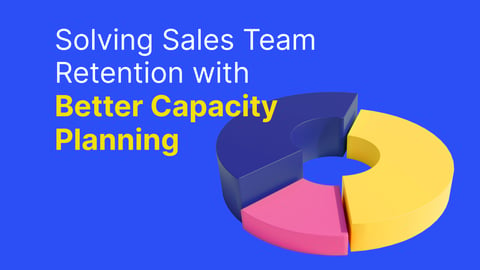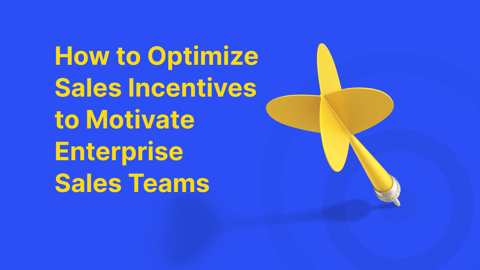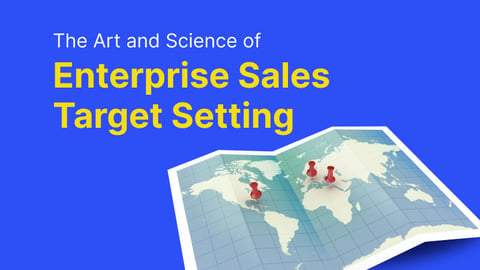Buckle up blog fans, here comes a bold statement. Every business will work to different sales KPI examples and models. Yes, while there are overlaps and nods of recognition, there will be marked differences in approach when it comes to stretching a sales team a, achieving objectives and agreeing on a robust compensation scheme.
In its purest and most simplistic terms you could venture that: ‘KPIs are just another way of way of saying sales targets’. Right. But also a little bit wrong. In today’s competitive landscape where sales targets are always moving targets, key performance indicators (KPIs) need to withstand pressure and forensic analysis - an also align to your compensation plan. With that in mind, here’s some of the most common sales KPI examples and how installing the right sales software makes them an unbreakable force in your team’s armor.
1. Monthly Sales Growth
There’s an oft used saying in sales circles: ‘If you’re company isn’t growing, it’s dying.’ So, it makes sense to pick out monthly sales growth as one of the most fundamental and widely utilized sales KPI examples. The desire is of course to see an upward curve of monthly sales revenue and with that, strong results for individuals within the team, but context (and sales performance software) is everything.
Every bit of data needs to provide value-rich and actionable insight. A monthly report means sharp and current sales metrics. You can see in an instant if something isn’t selling well. Is it down to a weak link among the sales reps or is this not the right territory to push this product line?
2. Sales Bookings, Opportunities and Prospects
The booking or the close is every sales rep’s golden KPI ticket – the close that leads to more commission. How many of these someone achieves over a month, quarter or year can not only be viewed on individual basis but also across a set territory. The other element to this sales KPI example and a big part of the sales cycle is how many prospects or opportunities are converted into a sale or a “win”. While all of this is part of the bigger sales target picture, breaking it down like this provides a more accurate view of achievement and sales nous on a more individual level. This is the kind of detail and scale that works best with sales management performance (SMP) software – a big step up and away from the spreadsheet method of tracking KPIs.
3. Average Profit Margin
It’s important that at least one of the main sales KPI examples doesn’t actually have the words ‘sales’ in the title. In addition, the APM is a critical marker, whatever amount of time it’s being reviewed over. The smart thing about it is there’s no room for debate or error – it’s math at it’s most marvelous. There’s an APM and this can be assessed across products, regions or people. Failure to get above the line is failure to reach the KPI. Don’t you just love it when things are that black and white?
4. Product Performance
Let’s not generalize too much with the thinking that KPIs always come down to the patter or tenacity of the sales rep. Many of them revolve around the charted success or failure of the products and the analysis of this is hugely helpful for forewarning a team or galvanizing them into action. It also indicates how well a wider sales strategy is holding up against a product. Decent reporting will show where there is a drop in market performance, and this can be measured against circumstances as well as historical data. There’s also room for some decent competitor analysis if there are varying price points throughout the market.
5. Sales Rep Productivity
This is one of the sales KPI examples that is most open to interpretation and debate without robust parameters around it. Is someone being measured on their wins, their ability to accumulate prospects or on being a brilliant demo presenter? Is one killer phone call the same as a hundred well-written email approaches? By getting all of your team on-side with a compensation scheme software package or an SPM with leader dashboards where everyone knows who is doing what and when, there is a reduced risk of people slacking off or feeling demotivated and more chance of a universal clanging of the KPI target bell.
Summary
There are of course many more widely accepted sales KPI examples, many focusing on targets, territories, closing ratios, customer values and churn rates. Some will be more relevant to your business than others. By lifting the cover on just a few, we hope that you’ll approach any new KPIs with a bit more awareness and a little less fear.
Find out more how we can support your sales growth and objectives by visiting www.varicent.com or talking to your Varicent rep today.




